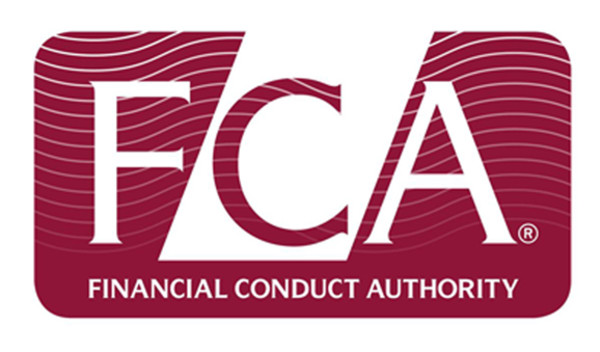

Today (12 October) the Financial Conduct Authority and HM Treasury launched an input paper giving advisers until 22 December to explain what puts them off offering advice.
Here we dig a bit deeper into the paper to pick out the key findings and options on how to change the rules and close the advice gap.
1) Supply of advice has dwindled
In 2007, two-thirds of retail investment products were sold with professional advice. This conjunction of professional advice and product sales is also a feature in other countries.
However, in recent years the FCA reported it had seen a decline in the number of financial advisers offering professional advice - from around 26,000 in 2011 to 24,000 in 2014.
A number of major providers have cut back their professional advisory businesses, or left the market, the regulator stated, while the remaining advisers have increasingly focussed on high net worth individuals.
The FCA’s product sales data suggests that the proportion of retail investment products (including pensions, retirement income products and investments) sold without advice has increased, from around 40 per cent in 2011 to 2012 to around two thirds in 2014 to 2015.
2) What puts advisers off giving advice
The FCA has attempted to assist firms with guidance to help them understand their regulatory responsibilities, for instance on the boundary between regulated financial advice and non-regulated advice.
However, in today’s paper regulator recognised “that the legal framework is complex”.
There was also recognition that it is no longer possible to advise certain clients and be profitable, with the FCA noting the cost of providing advice today.
The Association of Professional Financial Advisers found last summer that smaller firms are spending, on average, 12 per cent of their income on direct and indirect regulatory costs.
Of this, 3 per cent is spent on direct fees and levies (including for the FCA, Financial Ombudsman Service, Financial Services Compensation Scheme and the Money Advice Service), and 9 per cent on indirect costs (such as compliance checking, regulatory reporting, management time dedicated to regulatory issues, and insurance).
However, for the smallest firms, the percentage increases to around 20 per cent of revenue, with indirect costs accounting for 16 per cent. The FCA also noted firms displeasure with being liable to pay redress.
3) Long-stop is being considered again
For the first time in a decade, the regulator confirmed it will reconsider the unlimited liabilities advisers now face.
It acknowledged there are relatively few awards by the Fos made against financial advisers in response to complaints about incidents longer ago than 15 years (which would be likely to be barred if a long-stop were in place).
There were only 254 such cases taken to the Fos against financial advisers during 2014 to 2015, out of 6,297 complaints against all firms. Of these 254 complaints, only 30 per cent (76 cases) were upheld.
The review will consider include a single longstop or introducing varied limitation periods linked to the terms of products.
For example, differential time limits which reflect the nature of products or advice, so that liability extends for a longer period when it relates to longer-term products (for example, 25 years for a mortgage).
Enhanced professional indemnity insurance and a compensation fund that would pay out in the event of a justified claim older than 15 years against an individual firm, are also being considered.
4) Options for bridging the advice gap
According to the FCA, options to improve access could include: encouraging advice in accessible locations like libraries or post offices, supporting the development of online advice and sharing the costs of advice with employers, or subsidising the cost.
The review may consider whether the government could work with industry and employers to enhance awareness through methods such as sign-posting or public information campaigns.
So-called ‘robo-advice’ is also on the menu of options. The FCA stated new and emerging technologies present opportunities and challenges to provide cost effective, efficient and user friendly advice services.
Another option being considered is whether any ‘safe harbours’ may be appropriate for financial advice, and if so, whether they would be possible, given, amongst other things, the constraints of EU law.
By safe harbour, the regulator stated it means a provision which reduces or eliminates uncertainty and potential liability in certain circumstances or if certain conditions are met.
5) How guidance sits alongside advice
Alongside the FAMR consultation, the government will publish a consultation on publicly-funded guidance, such as the Money Advice Service.
This will consider how it should structure the provision of free, impartial guidance to give consumers the information they need, either to make financial decisions directly or to seek the right additional advice to help them do so.
According to the FCA, the two reviews will provide a complementary and comprehensive analysis of the advice landscape.
emma.hughes@ft.com



